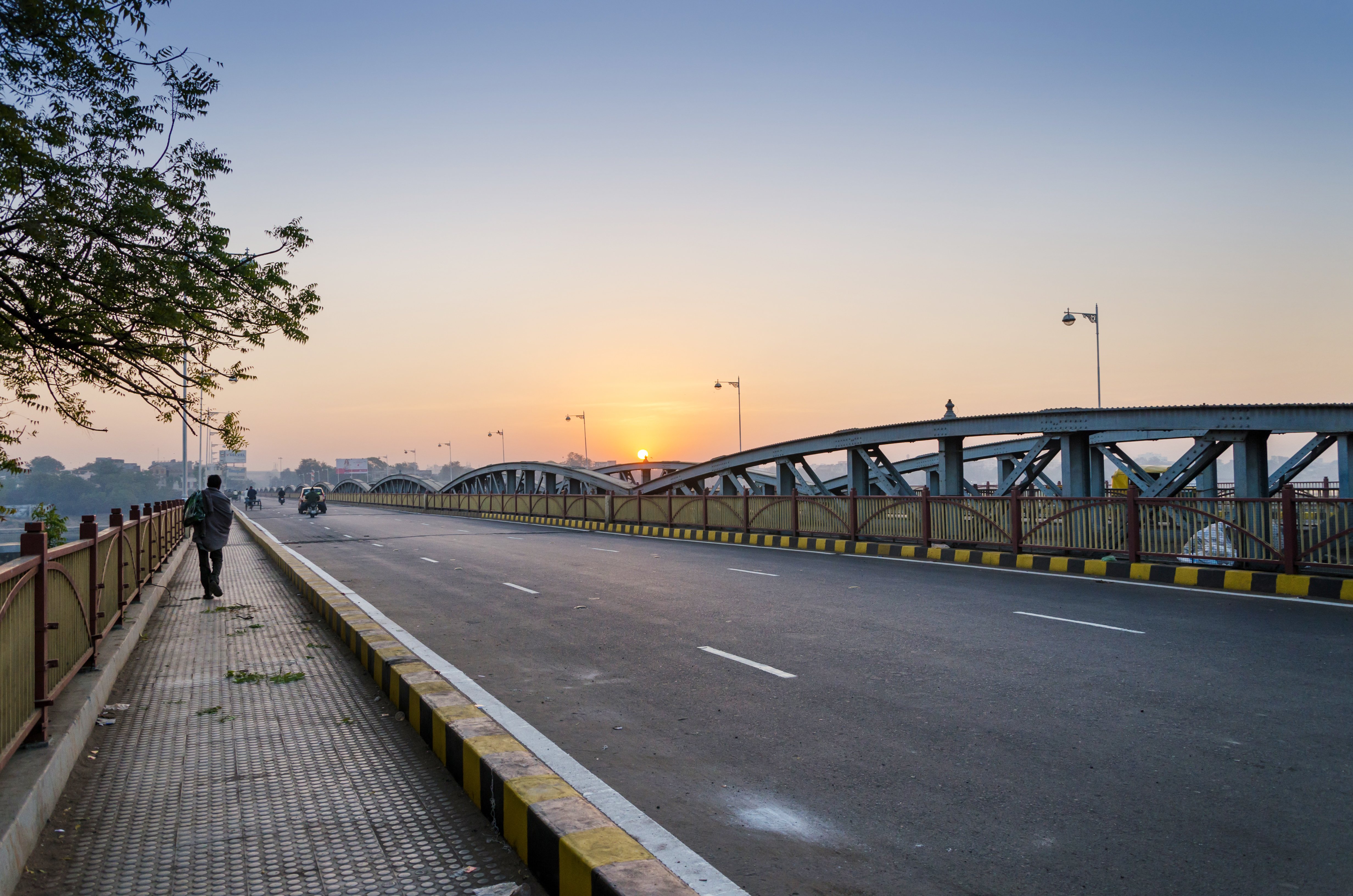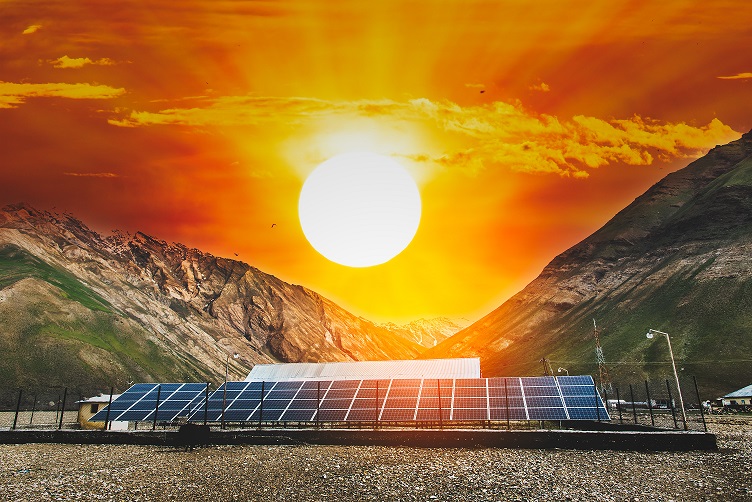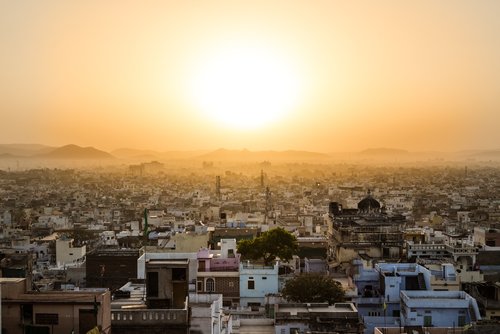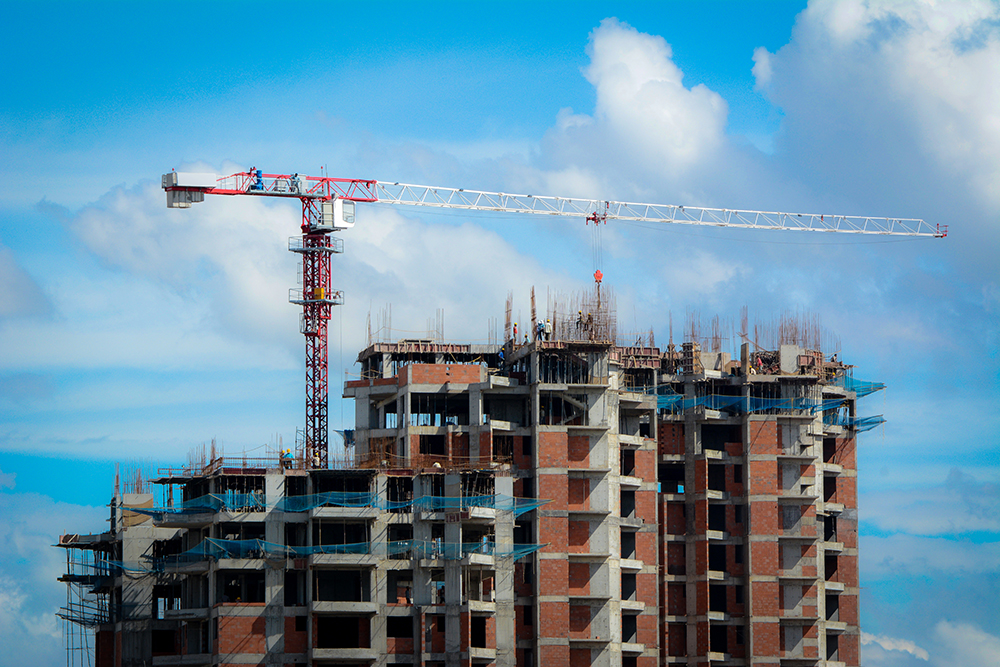An Expansive Monetary Policy: Renewing India’s Infrastructure Markets
Speaking in a typically candid interview in 2000, just a few short years before his death, Milton Friedman took (for him) unusual care in distinguishing between two of the critical “classes” of spending that made up Roosevelt’s New Deal Economics of the 1930’s, both critical to the subsequent expansion of the U.S. Economy: “One class was reform: wage and price control, the Blue Eagle, the National Industrial Recovery Movement. I did not support those. The other part of the New Deal was recovery through motivating the economy to expand through infrastructure investment ... an expansive monetary policy. Those parts of the New Deal I did support.” You can imagine the eminent economist jabbing the air with his finger as he spat out the word “did”.
And although you probably haven’t heard that here first (chances are you haven’t), these comments can still cause surprise: coming as they do from the arch monetarist and seeming enemy of expansionist spending programmes. But of course, they shouldn’t, because Milton Friedman was well aware that infrastructure spending is the engine room of any modern economy, and no modern economy can afford to ignore it.
The lesson certainly hasn’t been lost on Prime Minister Modi’s Government in India, which for the last three years has been pursuing one of the biggest infrastructure spending programmes in living memory; not only staggering in scale for the subcontinent but staggering in scale for any economy, anywhere in the world.
By way of only one example, the Government announced on 23 October that it was embarking on one of its biggest highway construction programmes so far on the subcontinent: involving no less than 83,677 km of new roads at a cost of Rs 6.92 lakh crore (nearly £81 Billion); with the whole, titanic project due to be completed within five years and creating at least 3.2 Million hours worth of additional employment across the country before the works are completed.
Prime Minister Modi declared in opening the scheme that the new programme would “transform India through roads”; and in doing so he seems to have chosen his words as carefully as Milton Friedman, because that phrase comes straight from his predecessor in office, Atal Vajpayee and Atal Vajpayee certainly knew a thing or two about building economic success on ambitious infrastructure programmes.
Vajpayee launched the Golden Quadrilateral Highway project in 1999, so as to link Delhi, Mumbai, Chennai and Kolkata by road. It was, at the time, India’s most extensive highway project ever and the scale of this ambition was already apparent from Vajpayee’s earliest inaugural statement: “The highways we are building under the National Highways Development Project are not mere highways. They are the bhagyarekha (lines of destiny) on the hands of our nation. With these highways, we are writing a new destiny of India.” Prophetic words indeed: the Golden Quadrilateral has become today’s beating heart of India’s transport infrastructure during its subsequent years of rapid economic expansion.
When it comes to infrastructure spending then, there seems to be a simple lesson: if it isn’t broke, don’t fix it. Copy it instead.
Red Ribbon CEO, Suchit Punnose said:
The Indian Government of Prime Minister Modi has just announced that it is about to embark on one of its biggest highway construction programmes yet: 83,677 km of new roads at a cost of Rs 6.92 lakh crore, with the whole, titanic project due to be completed within five years and generating at least 14.2 crore additional days of employment before completion. That should come as no surprise for an economy that is embarking on one of the biggest infrastructure spending programmes in living memory; not only staggering in scale for the subcontinent but staggering in scope for any economy, anywhere in the world. We take a look at why these infrastructure programmes are so important for the future growth of the economy.
Read about Indian Infrastructure Policies here:
Read about Infrastructure Economics here:
Read about the Golden Quadrilateral Highway here:








Leave a Reply